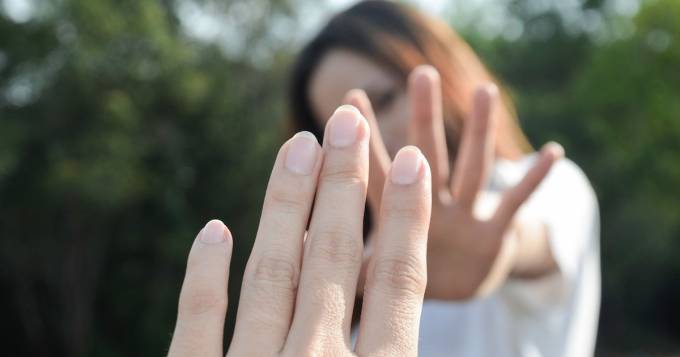Social Distancing Measures in Singapore

In a bid to prevent the spread of the COVID-19 virus, countries around the world have ramped up social distancing measures. Social distancing, also known as safe distancing in Singapore, involves maintaining greater physical space between oneself and others. The virus can be spread when tiny droplets from coughs or sneezes from a person infected with COVID-19 are inhaled by another. By keeping a greater distance from others, the probability of coming into contact with these droplets is reduced.
However, social distancing can mean different things in different countries. Recommendations from the various health agencies may differ as well. For example, in the US and the UK, people are urged to maintain a distance of at least 2 metres away from one another. In Australia and the Netherlands, the recommended distance is at least 1.5 metres. Advice from the World Health Organisation (WHO) differs from both, by advocating a safe distance of at least 1 metre from those who are coughing or sneezing, and this has become the recommended distance in Singapore too.
According to some experts, a greater distance would be better as the droplets from a violent cough or sneeze can travel farther, and some of the tinier droplets are even able to remain in the air. A possible reason for the lower recommended distance in Singapore is that such measures would be unfeasible in the Lion City with its high population density and limited space.
In a bid to ensure that this recommended distance is followed strictly, some social distancing measures have since been put in place:
-
Mandatory social distancing
While the 1-2 metre distance between people is a recommendation in many countries, Singapore has put strict laws in place to make this obligatory. Since 27 March, those who intentionally remain less than 1 metre away from another regardless of whether they are standing in a queue or sitting in a seat that is clearly marked to be left unoccupied, can be fined up to $10,000, jailed for up to six months, or both.
-
Social distancing at F&B establishments
During the lockdown period, all F&B establishments are only able to offer takeaway, and not dine-in services. Safety measures during and outside of the ‘circuit breaker’ period have also included clear demarcation of queue lines to ensure a one-metre distance between patrons. They should also aim to prevent groups from forming as far as possible, with the help of clear signage to indicate waiting and queuing areas, and the use of pre-ordering and payment solutions as far as possible.
-
Social distancing on public transport
During the lockdown period, mask wearing has become mandatory when out in public, save for when one is undertaking strenuous exercise. However, even after the lockdown ends, mask wearing when taking public transport is likely to continue being mandatory, according to a Facebook post made by the Minister for Transport Khaw Boon Wan on 11 April. Seats on the MRT and on public buses have also been marked to ensure that passengers keep their distance from one another for now.
-
Social distancing in stores
In retail stores, queue lines will help shoppers to maintain a 1-metre from others when queueing. Where space is limited, the number of shoppers in each shop will also be limited by ensuring that only a certain number of shoppers at most will be allowed in each time.
-
Social distancing in supermarkets
In order to ensure proper crowd management, apart from having clear queue lines and floor markers, supermarkets are encouraged to provide dedicated shopping hours for the more vulnerable segments of the population, such as the elderly, those who are disabled, and pregnant women. The use of self-checkout counters will help to reduce interaction between store staff and shoppers.
21 May 2020Rayne